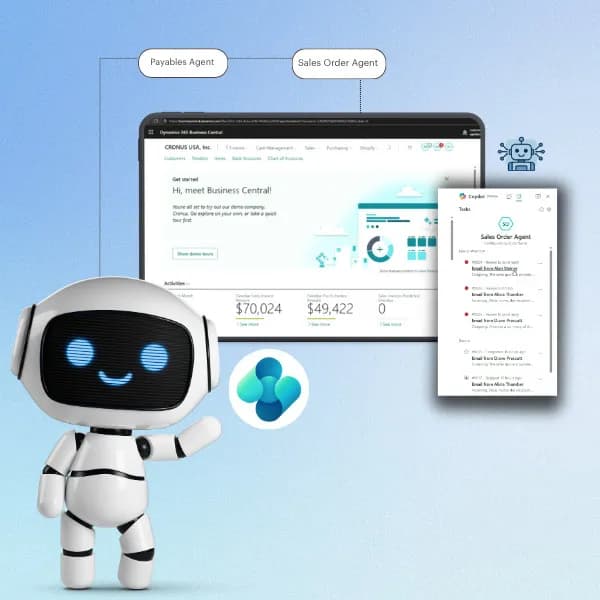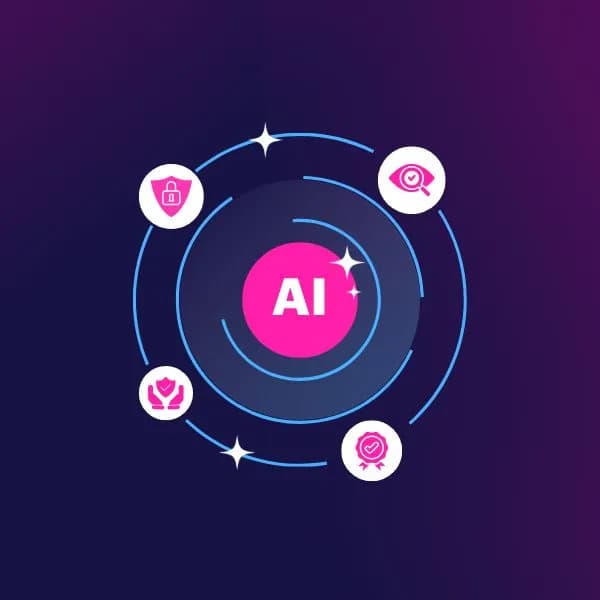Microsoft Dataverse is a data hub that enables people to store and manage their data in a scalable and secure environment dynamically. It is used by business applications within a set of tables. Earlier it was kown as Common Data Service; now renamed as Microsoft Dataverse.
Dataverse includes a base set of standard tables that covers typical scenarios, but there is an option to create custom tables specific to the requirement and populate them with data by using Power Query. We can say that app makers use Power Apps to build rich applications that use this data.
Let’s have look at the architecture of the Microsoft power platform to understand how Dataverse connects with the entire flow:

Why Dataverse?
Data is vital for any business to run smoothly. It empowers the insights to make informed business decisions.
Businesses need to analyze the data from all aspects and make it ready with a high level of agility. However, building the data infrastructure to achieve complete business insight will be very expensive and will take a lot of effort and time.
This is because the data originates from various devices, applications, systems, services, and software as a service (SaaS). And this large number of sources often consists of multiple data technologies that store several types of data, expose different APIs, and use a mixture of security models.
But, we can address these concerns by using an easy-to-use, easy-to-manage, compliant, secure, scalable, and globally available SaaS data service called Dataverse. Dataverse enables organizations to work with any type of data and any type of app, and use the data within it to gain insights and drive business action.
Dataverse is designed in a manner that it can work with any type of data. It covers all the major categories of data technologies that your organization needs—relational, non-relational, file, image, search, and data lake.
Using Model-Driven Apps and Dataverse with Business Central
With model-driven apps, much of the layout is determined for you, and largely designated by the components you add to the application. Model-driven apps can be based only on Microsoft Dataverse as a data source.
When you create a model-driven app, you must use entities from Dataverse as your building blocks. Model-driven apps start with your data model, building up from the shape of your core business data and processes in Dataverse to model forms, views, and other components.
- Defining data for an app – Dataverse has a standard or create custom entity connected with Business central.
- Design the interface – Either you can use the existing sample model-driven app or develop your own app.
In case, you want to develop your own app, need to follow the four steps:
- Model your business data
- Define your business processes
- Build the app
- App validation and publishing
Synchronizing Data in Business Central with Microsoft Dataverse:
Business Central connects directly to the dataverse using a standard connection setup.
Data synchronization takes place in business central with the Dataverse uses the following elements:
- Integration table mappings
- Integration field mappings
- Synchronization rules
- Coupled records
When synchronization is set up, we can couple Dynamics 365 Business Central records to Dataverse rows to synchronize their data. Either we can start a synchronization manually, or based on a schedule synchronization (synchronize all changes to data for all table mappings).
Manual synchronization has multiple methods:
- Synchronize on a row-by-row basis.
- Synchronize on a table mapping basis.
- Synchronize all modified records for all table mappings.
- Full synchronization of all data for all table mappings.
Model-driven apps will automatically generate a UI that is responsive across devices, while this result largely depends on how your data is modeled in the dataverse.





